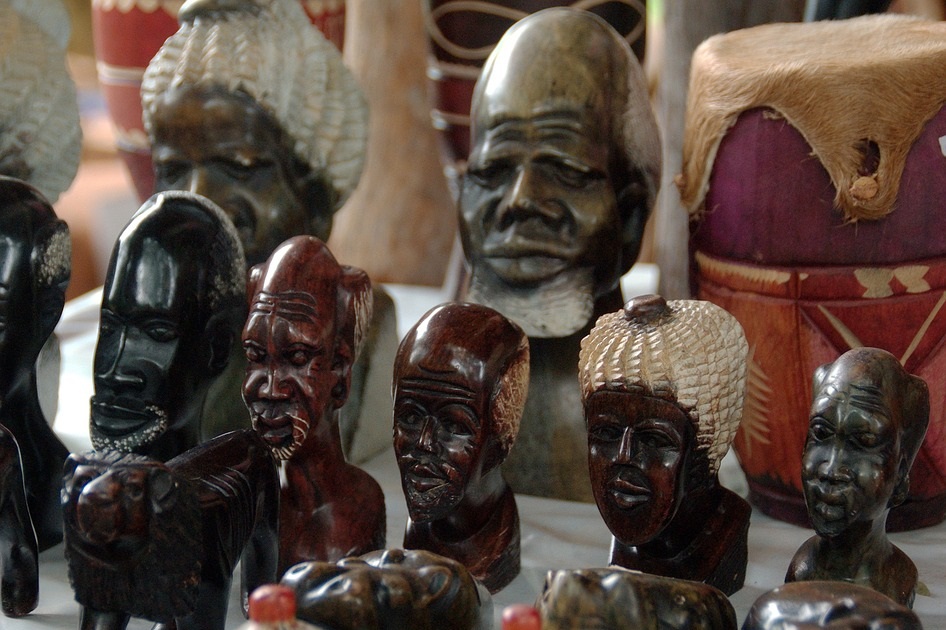This is a great victory against Brazil’s brutal racist legacy. City officials recently agreed to give a proper place to Afro-Brazilian religious artifacts after being seized for more than 100 years by Rio’s police, for ‘black witchcraft’ practices.
From 1889 to 1945, roughly 600 religious pieces were taken and stored at Rio de Janeiro’s Police Museum building in a section called “Black Witchcraft.”
Now, the Afro-Brazilian artifacts belong to Brazil’s Museum of the Republic, where they will be stored as historic pieces instead of ‘evil material.’ They will also be cataloged with the assistance of Afro-Brazilian religious leaders.
This is a historical movement, especially after more than 300 years of racial persecution.
Although Brazil’s Constitution has defined the Brazilian state is secular and granted freedom of religion for its citizens, since 1891, state repression against Afro-Brazilian religion continued— mainly during the first half of the 20th century. Afro-Brazilian religious leaders and practitioners were jailed for following their religious beliefs, and their religious artifacts were confiscated by the police.
According to research carried out by Rio de Janeiro Federal University, it is believed that roughly 1,000 people were jailed in the period.
“This is a new chapter for Afro-Brazilian religion practitioners,” Dolores Lima told Travel Noire.
Lima is a ‘Mãe de Santo’ (Mother of Saint), a priestess of Candomblé. She was a member of the team called “Free My Holy Religion” formed to demand Rio’s government officials to display the Afro-Brazilian artifacts at the museum. Candomblé is an Afro-Brazilian religious practice linked to Benin, Nigeria and Togo brought by enslaved Africans to Brazil.
For the ‘Mãe de Santo’, the Afro-Brazilian religious pieces carry the history of these religions and show how Brazil has institutionalized racism in the country throughout history.
“The collection helps to create a process of wiping out the negative effects caused by the Brazilian state towards the religion of our ancestors. They were not mere religious pieces. They connected us to our ancestors in a very profound spirituality manner,” she said.
“We as Afro-Brazilians from Candomblé and Umbanda, have always worked to preserve our African identity. Now, people will have access to know our sacred history. We want this collection to be in a place where people can visit and get to know it,” Lima added.
The battle for the proper exhibition and conservation of these pieces took a long time. It started in 1970, when Afro-Brazilian activists called for the removal of this collection from the Police Department. However, the movement of giving a proper destination for the pieces only started in 2016.
The next movement now is to catalogue the pieces. Thus, the participation of religious leaders will be crucial for identifying the collection.
“There will be a working group of religious leaders who will be working to catalog the collection. It is impossible to explain this collection without them.”
For Dolores Lima, the next challenge is to prevent further violations against Afro-Brazilian religion.
“The preservation of this collection involves the idea that violations will not be repeated.”





